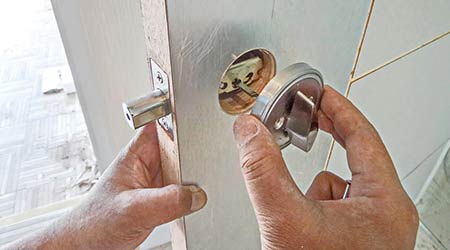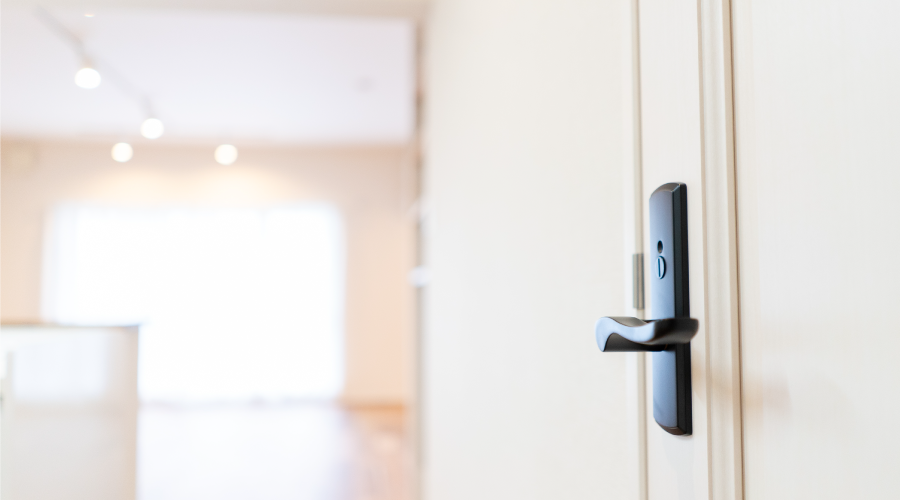Doors: Meeting the Security Challenge
Comprehensive inspection, testing and maintenance helps managers enhance the safety of building occupants and visitors
Security has become a higher priority for all kinds of institutional and commercial facilities. As a result, maintenance and engineering managers are taking a closer look at all systems and components that play a role in protecting all facility occupants. This is especially true in the case of door and hardware systems, the entry and egress of choice for welcome occupants and intruders alike.
How can managers leave the welcome mat in place and, at the same time, deter intruders? The process starts with effective inspection and testing procedures for door hardware, including locks, handles, hinges, and operators, and identifying common trouble spots related to door hardware. Once managers have addressed these processes, they can put in place effective guidelines for maintaining and repairing these components to ensure peak system performance.
Testing, testing
The place to start with inspection and testing is to review current codes to determine the correct door and hardware system. Part 3 of this article lists 31 ANSI/BHMA codes, which include inspection and testing procedures. The codes are updated frequently, so it is important for managers to check the code issue dates to ensure their codes are current.
With the standards as guides, the inspection and testing procedures for locks, handles, hinges, and operators, as well as doors and frames, can proceed. An important part of this process is to verify that the hardware components meet the codes and are the correct grade for the application.
If a Grade 3 handle designed for low-cycle residential use is installed in a commercial high-cycle egress to save money, the latch is less secure. As a result, it could wear out quickly and fail to release during an emergency, even if unlocked.
Grade 1 is the best grade. It provides the best security and the most cycles to failure. Programmable locks give a tally of cycles, so technicians can change locks before failure. Technicians also should check each site for illegal practices, such as chaining crash bars on emergency exits to prevent unauthorized exit or entry.
Related Topics:















